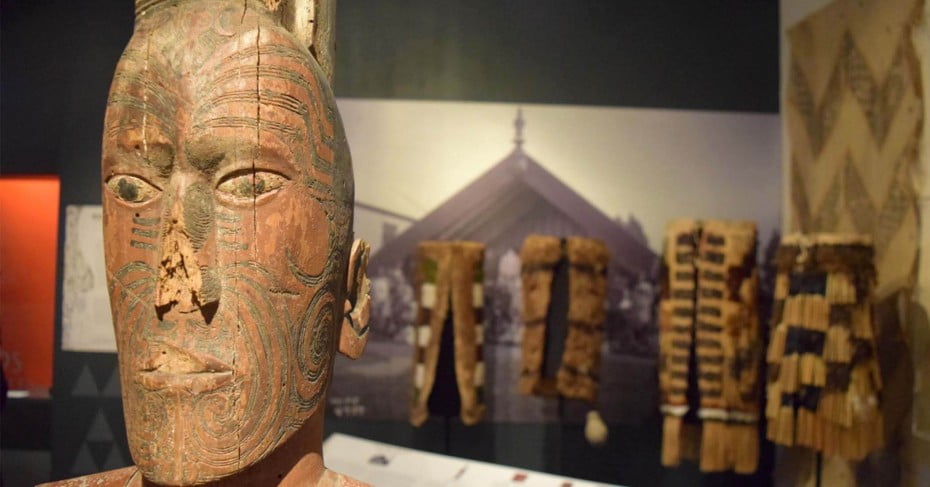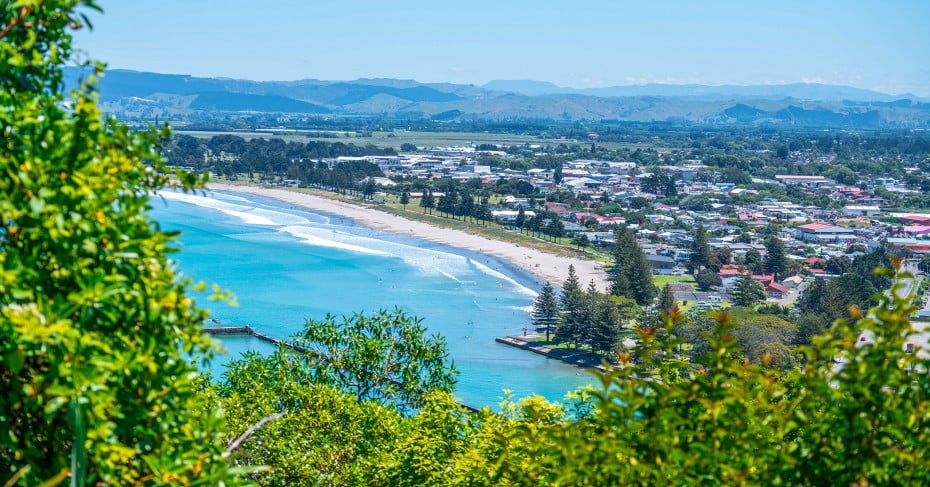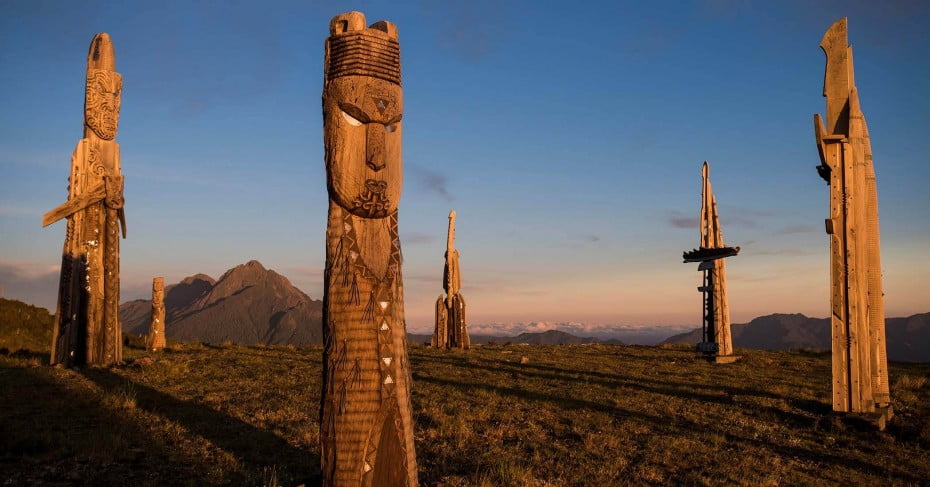Tairāwhiti Gisborne history & culture
The city we call Gisborne today was first discovered by humans around 1450AD, when the Tākitimu and Horouta migration wakas sailed in from Polynesia. One waka was captained by a man called Kiwa, so the Tairāwhiti region was called Tūranga-nui-a-Kiwa, which means 'the great standing place of Kiwa'.
James Cook, another great sea captain, arrived a little over 300 years later. He stepped ashore at Kaiti Beach near the mouth of the Tūranganui River. You can visit the spot - it's known as the Cook Landing Site National Historic Reserve.
When European settlers started arriving in the region, the settlement was called as Tūranga. This name was changed in 1872 to Gisborne, to avoid confusion with Tauranga in the Bay of Plenty.

Tairāwhiti Museum & Art Gallery
Gisborne might be one of New Zealand's smallest cities, but it has a museum that punches above its weight. Located at the city end of Stout Street, Tairāwhiti Museum and Art Gallery charges only a few dollars for admission. Of all the Gisborne things to do you might be considering, make this one a priority.
Semi-permanent exhibits include 'Watersheds', a snapshot of local history; Gisborne Photo News, a wonderfully retro look at the region and its people; Wyllie Cottage, the oldest European house in Gisborne; and the Te Moana Maritime Museum, which looks at 1,000 years of maritime stories and technology. If you're a surfer, you'll love the surfboard exhibition.
One part of Tairāwhiti Museum is particularly well-reviewed. It's the 'C Company' memorial house, which honours the men of the 28th Māori Battalion. The exhibits in the house are humbling and thought provoking.
Tupapa Heritage Trail
Discover Tairāwhiti's stunning natural environment and the rich stories of tangata whenua (people of the land) along the Tupapa Heritage Trail. Walk at your own pace along the 4km trail and follow the ten eye-catching markers from the city up to Kaiti Hill/Titirangi Reserve.

The Tupapa Heritage Trail walk launched in 2019 and takes self-guided walks to a new level with a world-class app. This app is seamlessly integrated into the walk and designed to give you an in-depth understanding of the unique history and culture of the region. Easy enough for first-time visitors to navigate, it's a great way to better understand the story of Tairāwhiti Gisborne.
East Coast Museum of Technology (ECMoT)
Run by a group of volunteers, this museum is a tribute to the brilliant inventions of the past. You'll see farm machinery and fire engines, home appliances and military vehicles, tractors and milking equipment. There's even an IT section with archaic creations from the dawn of computing. ECMoT is six kilometres inland from Gisborne city and open every day.

Guided tours up Maunga Hikurangi
Māori guides from the local Ngati Porou tribe can guide you to a rare cultural experience high on Maunga (Mount) Hikurangi. You can choose to be the first in the world to see a new day dawn or book a visit for later in the day. Both experiences will immerse you in traditional Māori culture and fascinating history of this sacred maunga. You'll also discover the stories behind nine large carved pou depicting Maui and revered Ngāti Porou ancestors.